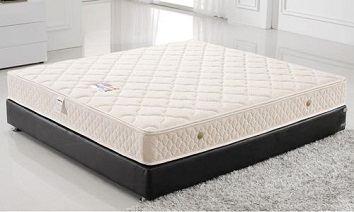Chinese mattress gains cause pains for American producers
The rise of the bedding e-tailers is also taking its toll on domestic bedding producers.
We will call this A Tale of Two Markets.
One has a booming mattress business, with double-digit dollar and unit growth in July and August, as well as for the first eight months of the year.
The other has a struggling mattress business, with dollars and units down in the third quarter and in the first nine months of the year.
The booming shipments represent those of mattress importers, and most of those shipments are coming from China.
The declining shipments are those of U.S. bedding producers, who continue to be mired in a bedding recession. China’s gains are their pains. But that could be changing.
The figures for those two markets are provided in the third quarter sales trend report recently issued by the International Sleep Products Assn. It chronicles the continuing domestic bedding slump, now well into its second year, and the soaring shipments of the importers.
Low-cost mattress imports from China “have been the strongest unit headwind facing the domestic bedding industry over the past 12 to 18 months, specifically at the opening and promotional price points — an area of historical strength for the legacy ISPA members,” Raymond James analysts Bobby Griffin and Budd Bugatch wrote in their guest column accompanying the ISPA report.
China’s wings could be clipped in the new year. An antidumping petition charges Chinese importers with unfair trading practices, and the U.S. International Trade Commission recently ruled that the investigation of that issue should continue.
The rise of the bedding e-tailers is also taking its toll on American bedding producers. And that means, according to the Raymond James analysts, that traditional bedding producers will need to continue to invest in direct-to-consumer strategies, as well as other alternate retail channels like Amazon and Wayfair to remain competitive.


 沪公网安备31010402003309号
沪公网安备31010402003309号



